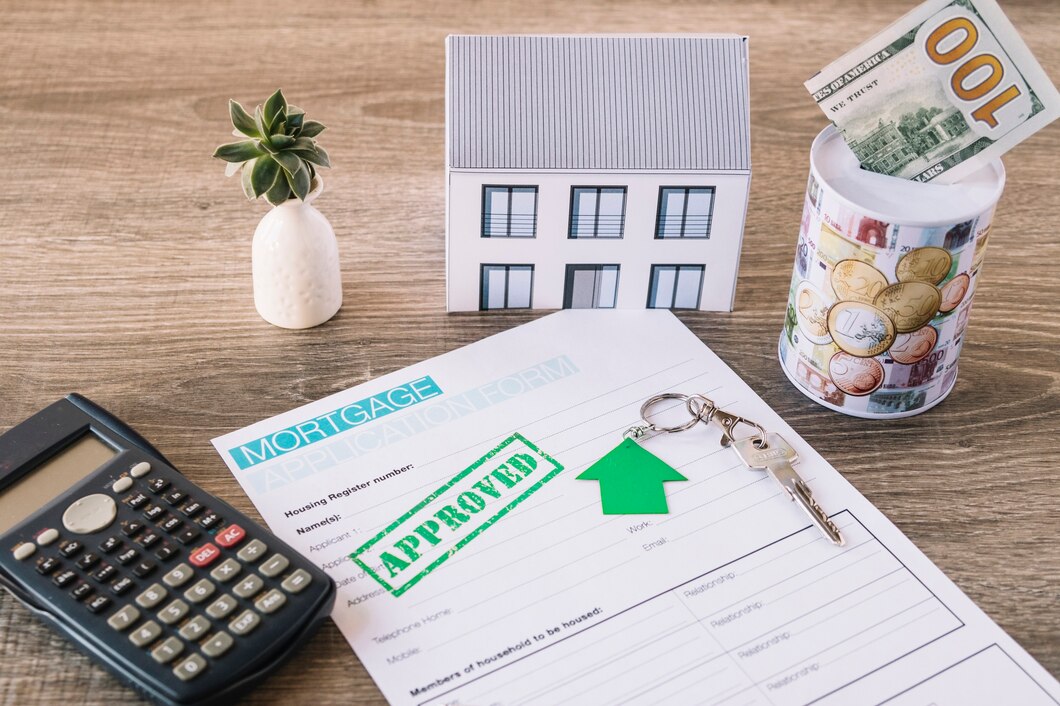In the quaint town of Maplewood, nestled amidst rolling hills and lush forests, lived a curious young girl named Lily. Lily had always been fascinated by numbers and loved exploring the intricacies of how things worked. One day, while walking with her father through their neighborhood, she stumbled upon a conversation about property taxes and how they were calculated.

Intrigued, Lily decided to embark on a quest to unravel the mystery of property tax calculations, particularly as they related to ZIP codes. She knew that ZIP codes played a crucial role in determining tax rates but was eager to understand the process in greater detail.
Armed with a notebook and pencil, Lily set out to interview various members of the community, from homeowners to local government officials, to gather insights into the property tax calculation process.
Her journey began with a visit to the town hall, where she met with the assessor responsible for determining property values. The assessor explained that property taxes were calculated based on the assessed value of a home, which was determined by factors such as its size, location, and condition. The assessed value served as the foundation for calculating property taxes within a specific ZIP code.
Next, Lily visited the county tax office, where she learned about the various components that make up a property tax bill. These included local government levies, school district taxes, and special assessments, all of which were factored into the overall tax rate for a given area.
As Lily delved deeper into her research, she discovered that property tax rates could vary significantly from one ZIP code to another. Factors such as the quality of schools, access to public services, and even proximity to amenities like parks and shopping centers all played a role in determining tax rates.
To illustrate her findings, Lily decided to create a visual representation of how property taxes were calculated for different ZIP codes within Maplewood. Using colorful charts and graphs, she demonstrated how variations in property values and local tax rates influenced the overall tax burden for homeowners in each area. Armed with her newfound knowledge, Lily shared her findings with her community, helping homeowners better understand how property taxes were calculated and empowering them to make informed decisions about their finances.
In the end, Lily’s quest to unravel the mystery of property tax calculations had not only enriched her understanding but had also brought clarity and transparency to her community. As she looked out over the rolling hills of Maplewood, she knew that she had made a meaningful contribution to helping her neighbors navigate the complexities of property ownership in their beloved town

Nice and detailed one!!!